In his latest blog, Dayo Wright looks at what counts when it comes to a choosing a good hi-vis jacket to keep you sheltered from the elements.
With the (official) winter in the UK beginning on 21 December, and most of Africa experiencing the rainy season, you’ll want to make sure you’ve got yourself covered with a good quality jacket that’s insulated, waterproof, or windproof… or maybe all three?
For employees working outside there is the added consideration of choosing a jacket that meets the high visibility specification requirements for the job. This has been previously covered in another blog – read it here.
When it comes to choosing the right hi-vis jacket, the outside provides the protection and the inside needs to consider breathability. For different people in different roles the importance of each of these varies, which is why there is a large range of jackets available in the market.
There are four ‘typical’ styles of workwear jackets – a flyer jacket (sometimes called a bomber jacket), a parka (we like this 4-in-1 jacket from BROQ Safety), softshell jackets and fleeces. There is also the more lightweight style in the rain jacket.
Water resistant and windproof is normally pretty important for a winter jacket, but for people working inside warehouses or doing deliveries, the fleece is a good, warm option.
For those working in a humid environment, the best waterproof solution is the rain jacket. With these, it’s important to understand what you’re buying. PU and PVC are both different kinds of imitation leather, but they differ in both material type and the way they are made. Polyvinyl chloride (PVC) is made by chemically altering vinyl. Polyurethane (PU) is made from leather leftovers and polyurethane – more typically seen in the parkas and flying jackets. PVC is generally the cheaper of the two and does not allow for much breathability..
Softshell jackets have been rising in popularity as a modern alternative to the fleece. They are made from a woven material in contrast to the stiffer material of a hard shell (or waterproof) jacket like the parka. Softshells bridge the gap between a fleece and a fully waterproof jacket, being not as lightweight as a fleece but offering better breathability than parkas. They have high wicking properties to keep you dry when active but may not be windproof.
If you’re looking for a fully waterproof protective jacket, the flyer or the parka is your best bet. These are typically made with 300 Denier 100% Polyester yarn – a tough fabric for tough conditions. 300D fabric has excellent abrasion and tear resistance but offers little to nothing in regards to insulation.
And it’s the insulation which actually keeps you warm, trapping your body heat from escaping. Insulation includes down feathers, synthetic fibers, and synthetic textile with a high nap fleecy side known as ‘pile’. All do a good job to keep you warm and the higher the thickness of the insulation, the warmer you stay.
To make sure the jacket is completely waterproof, check for taped and sealed seams. Some jackets will use waterproof zippers while others use storm flaps to keep rain and wind chill out. Ribbed cuffs like those featured on the Flying Jacket are good but only allow only for over the top style of gloves (unless you don’t mind stretching the fabric out). Looser cuffs can let in cold drafts too easily.
The misconception is that you have to pay the big bucks for quality but there really is no need to break the bank with your hi-vis jacket. Take a look at some of the good quality jackets from the BROQ SAFETY range and ask us about options to suit your requirements – request a quote


